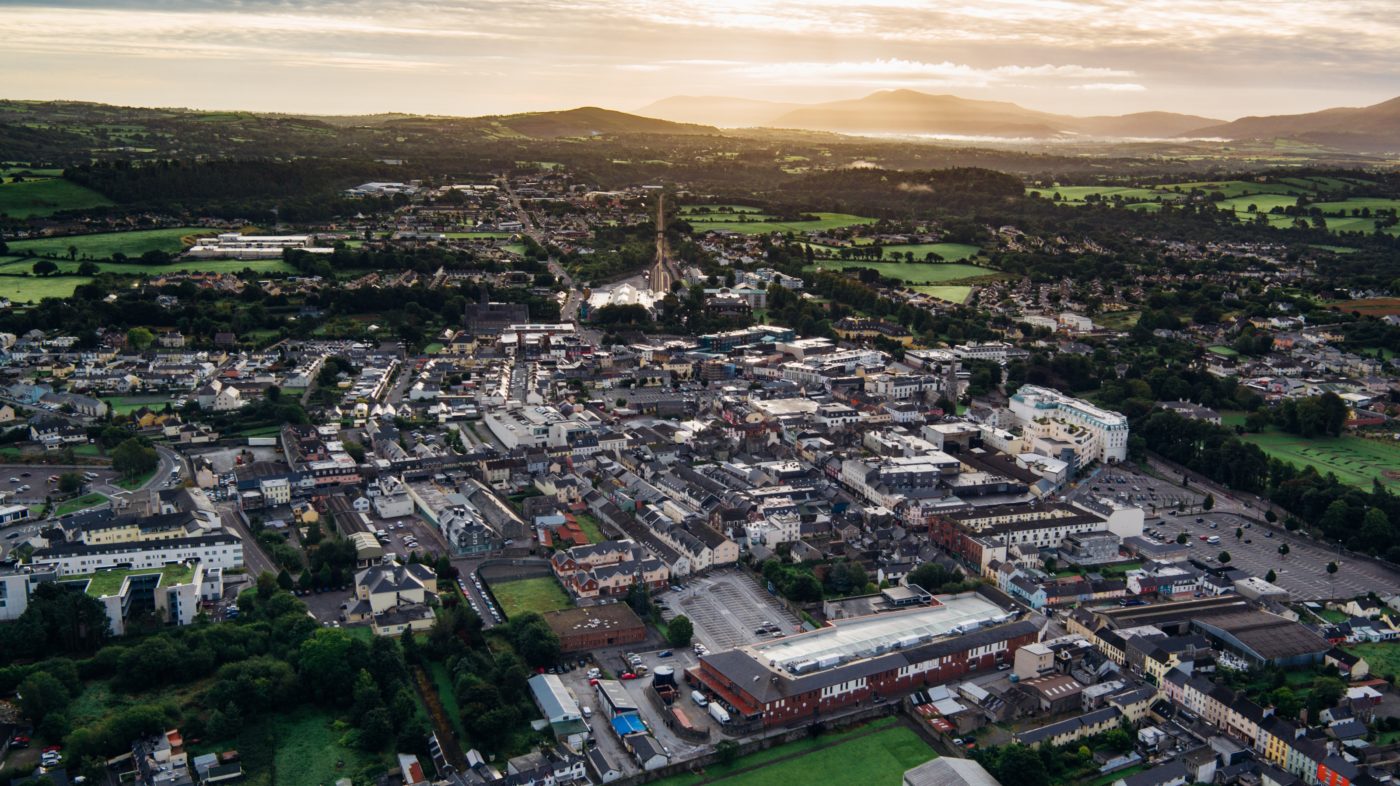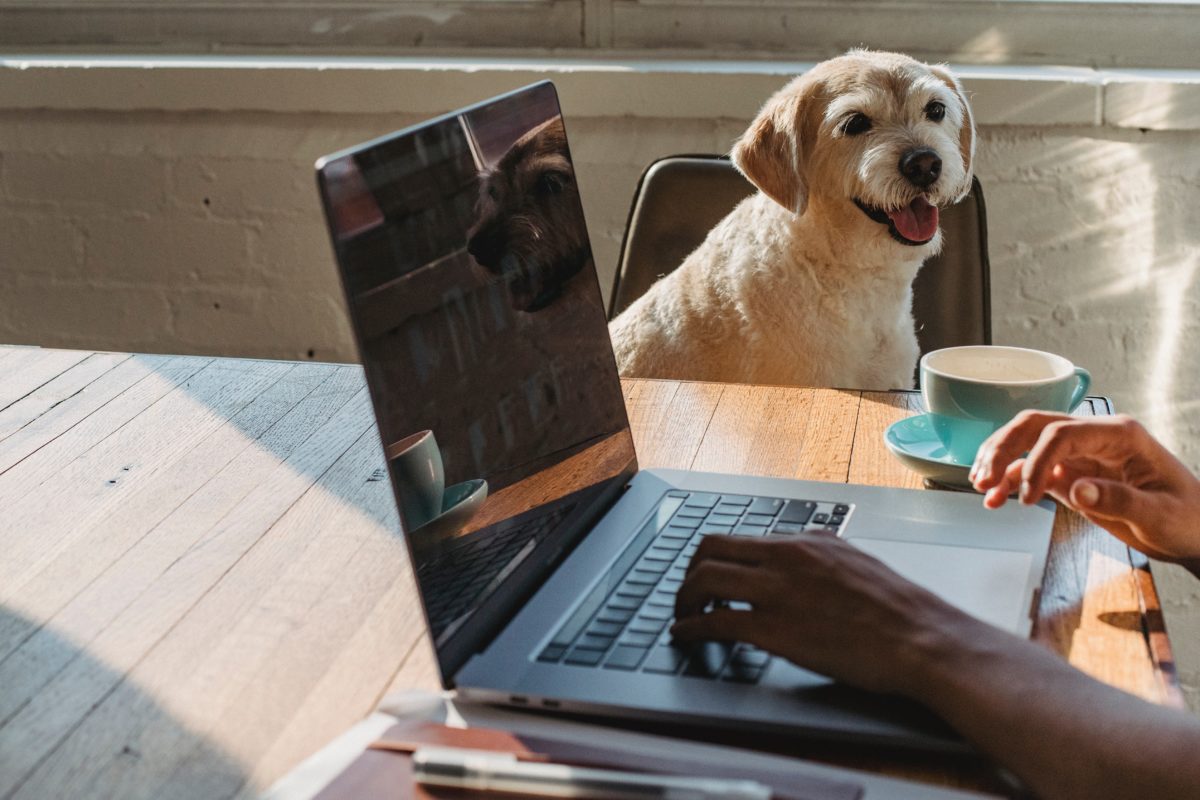When we talk about the future of work, we’re often talking about things that are three-to-five years away. But what can we expect if we take a longer-term view? An expert outlines predictions for future work trends.
Fifteen years ago, our world was a very different place. The United States was yet to welcome its first black President. People were renting movies from Blockbuster, and no one knew if Gangnam had Style. The iPhone wasn’t a thing; there was no Uber; and we couldn’t outsource the build of ridiculously challenging flatpack furniture to someone on AirTasker.
Now we’re living in an entirely different world and experiencing change at the fastest rate in human history. It’s also the slowest pace we’ll experience for the rest of our lives. And work trends are some of the fastest changing things.
The COVID-19 pandemic brought about a sense of urgency and need for action on critical issues such as our tendency to overwork and the poor wellbeing of many in our workforce. It also taught us that while we’re incredibly prepared for the past, we’re ridiculously underprepared for the future.
When some people talk about the ‘Future of Work‘, a lot of the stuff they’re referring to is anchored in the here and now. Think return-to-work strategies, hybrid working, and variations on different types of leave policies. Rarely do we push the boundaries and stretch our thinking towards the longer term. This foresight is so desperately needed in organisations.
I’ve spent some time thinking about some of the work trends we could experience 15 years from now. The culmination of this is seven forecasts as to what the Future of Work may look like. Keyword being ‘may’ – I’m no clairvoyant. Each forecast is based on work trends and signals that we’re seeing today, which have been extrapolated into the future to see how they could play out.
1. The rise of the portfolio carer
Fast forward 15 years and taglines like ‘flexible working’ and ‘work from anywhere’ will no longer be featured in job ads.
Flexibility will be the norm, not the exception; people won’t remember what work was like before it. The average worker might not be employed permanently nor full-time but have a portfolio of different gigs that meets their wide range of skills alongside professional and personal interests.

Their portfolio career might span the full seven-day week, with people conducting their business from multiple places and spaces. And they’ll likely work all sorts of hours and for organisations all over the world, with potential tax reforms meaning they can more easily work beyond our borders.
2. The personalised WVP (Worker Value Proposition)
Wait, WVP? Well, the term employee value proposition (EVP) will eventually go out the window as less people become formally ‘employed’ and we move from terming people as an ’employee’, instead calling them a ‘worker’. And with technology making highly personalised customer experiences for the iGeneration, people will want the same from the organisations they work for.
“While we’re incredibly prepared for the past, we’re ridiculously underprepared for the future.” – Dr Ben Hamer CPHR, AHRI board member and Future of Work Lead at PwC.
This could lead to a WVP where workers choose their benefits, a bit like health insurance extras coverage. They might be given a list of everything that’s available to them and then be asked to pick and choose, and make trade-offs, to design a package that suits them. Want more leave and less pay? Done. Or maybe you’re keen on those wellness perks over the career mentor? Sorted.
3. The Neighbourhood Business District
Research has found that three quarters of Australian workers want to work between home and the office. Over time, even the CEO who talks about how much they detest hybrid working will end up enjoying a cheeky work-from-home day now and then.
Organisations will proportionally downsize their footprint in the Central Business District (CBD) and spread themselves across satellite cities in capitals, driving the emergence of the Neighbourhood Business District (NBD) and a boom in co-working spaces. The office will be re-designed, too.

It could resemble more of an airline lounge, including benches, couches and chairs spread throughout, in purpose-formed collaboration zones. Catering will be provided as well – an incentive for people to come in and connect – and buildings will be designed with safety and hygiene at the fore, as underlying concerns around health and hygiene will hang around long after the pandemic.
4. Purpose over profit
People want to do work that means something to them because work, and the role of employers, is about so much more than just making money.
Research recently published by Atlassian and PwC found that 41 per cent of Australian millennial workers, and just under half of those in the U.S., would quit their jobs if their employer’s values didn’t align with their own. In the future, this could turn out to be one of the biggest impacts on the history of work.
Some household names will have completely disappeared by this point, as a stubbornness to redefine their social agenda will mean they failed to attract top talent and therefore couldn’t remain competitive.
Other organisations will use it as a hook to attract people to their company, with job ads promoting the organisation’s enviable carbon footprint or initiatives such as a carbon offset credit plan given to employees on top of wages, as a reward for environmentally sustainable practices.
Organisations won’t just be institutions that just employ people either. It’s also very likely they’ll also be at the heart of socio-political debates on key topics and issues, as we’re already seeing the private sector taking a lead on critical issues, such as climate change.
5. A new kind of brain drain
One of the game changing technologies in the future will be Brain Computer Interfaces (BCI). Facebook has already gotten things moving with research into BCI technology, as well as Elon Musk, who is looking into what are called flexible threads – implanted strands much thinner than a piece of human hair that contain electrodes for detecting signals to and from the brain.
The outcome? Well, in the future we might have the option of having technology implanted in our brains so our thoughts could be translated into words. That would mean you’d be able to control the apps in your phone with your mind, not thumbs.
You’d be able to sit at your computer and, instead of using a keyboard, write a best-selling novel without uttering or physically typing a single word. This could help people to get through a much greater workload in a much shorter period of time, which could see high-flying business moguls and corporate ladder climbers lining up for implantation.
6. Doggy daycare
The pandemic was responsible for many things. One such thing was people spending a lot more time at home with their pets, or introducing a fur-baby into the family. Purchases of household animals have gone up during Australia’s lockdown periods, which led to a ‘dog shortage’ being declared in Australia.
Our dogs got used to spending more time with us, and we got overly attached to them. But that’s not a bad thing. Pets are scientifically proven to be empathetic during times of distress, so they can be a primary source of mental health support.

So with employee wellbeing becoming increasingly important, organisations could start giving allowances to their employees to purchase pets as mental health companions, and many major employers could implement doggy daycare facilities in their buildings. Now that would make the work day a little less ruff.
7. Bringing down the debt
Workers need to spend 15 per cent of their working week actively upskilling to keep themselves employable. But while it’s clear that we need a reskilling revolution, only 29 per cent of Australian CEOs reported having implemented a proper upskilling agenda. The next 15-years could see new and innovative approaches to reskilling.
One such example could be government, corporates and students coming together to establish something like an Adult Learning Act. This could stipulate that once someone successfully completes an accredited course, they’re then certified to teach that course to someone else. For example, if someone passes an accounting unit at university, they could then teach that to someone else. And when their ‘student’ is successfully certified, that ‘teacher’ gets a defined amount taken off their HECS debt, or a contribution made to their superannuation.

HR can be the gatekeepers of these work trends
I know what you’re thinking – “Let’s not get carried away, Ben”. Except for the part about the dogs. These forecasts range from highly probable to the farfetched. But it’s important to remember that each forecast is based on a signal that is happening right now. It’s not about being right; it’s directional.
Employers need to think beyond the short and medium-term and apply foresight to make some no regret bets today so they can set their organisations up for success in the future.
As HR practitioners, we’ve been beating the table for some time about wanting to have a seat at, well, the table. And in many organisations, that has happened. Now that we have a seat, it is about continuing to work with the business to demonstrate our strategic value.
To do this, we need to engage with foresight practice and get on the front foot around what current signals and trends could mean for industrial reform, skills demand, safety governance, talent availability and workforce management practices in the future. It’s this kind of strategic thinking that will see HR lauded as critical business partners of the future.
Dr Ben Hamer CPHR is an AHRI board member, Future of Work Lead at PwC and work trends expert.
Develop an understanding of how job analysis and redesign is connected to workforce planning and future work trends, and how you can ensure alignment to the organisation’s people strategy. Learn more here.


How will the healthy competitive structure look like in the coming years based on the article ?